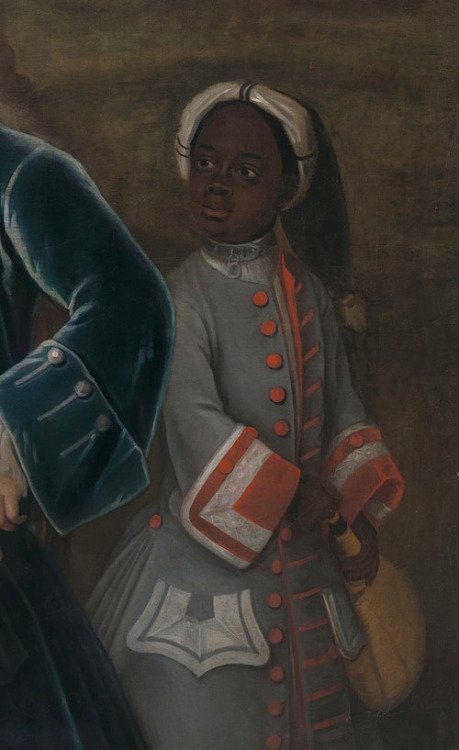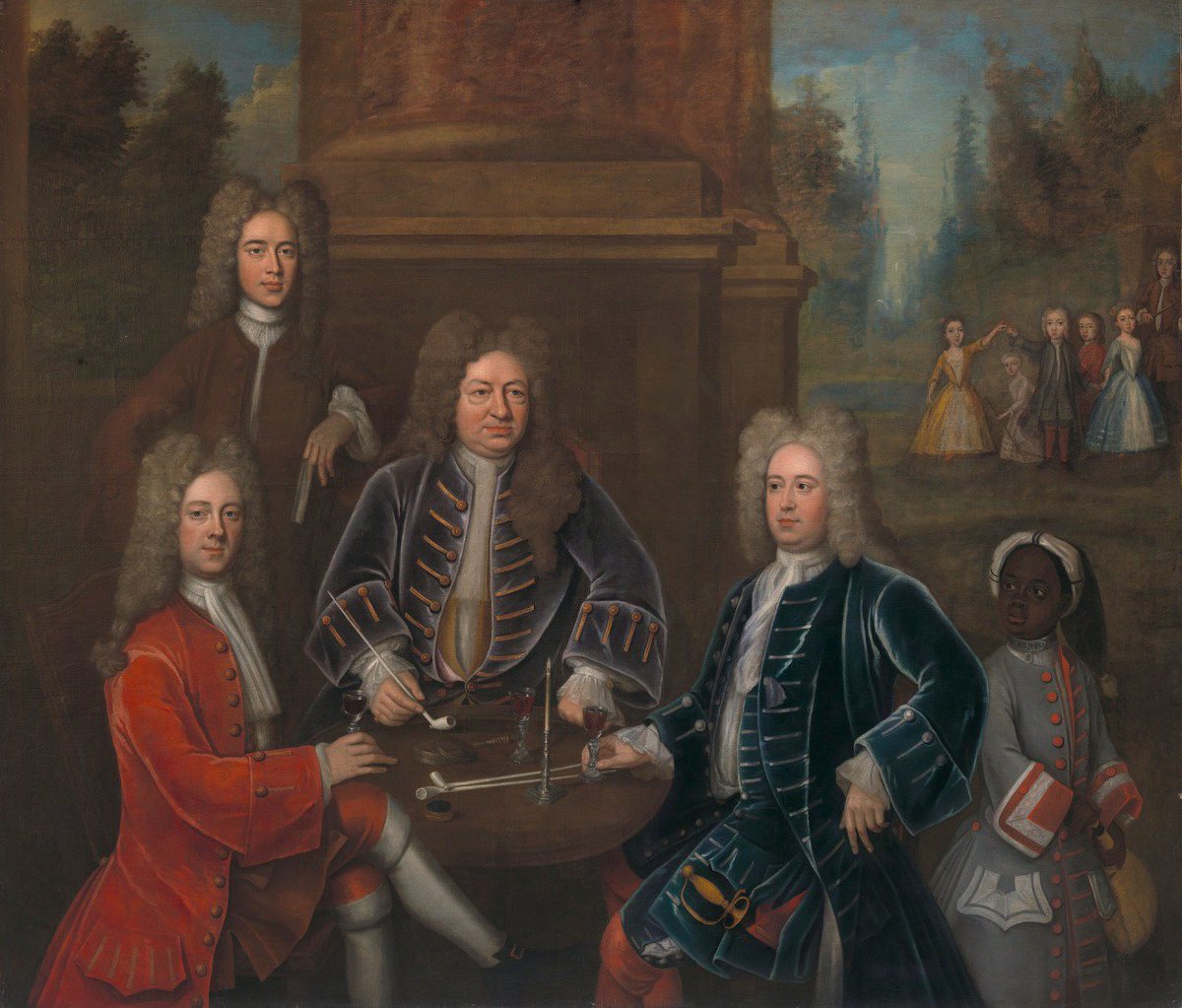I saw this posted on Facebook, and that it was an image that had "gone viral" (to quote a friend) in less than a week. I couldn't confirm any of the statements made in the text, even whether or not this particular work was in the museum claimed. The truth was more interesting. 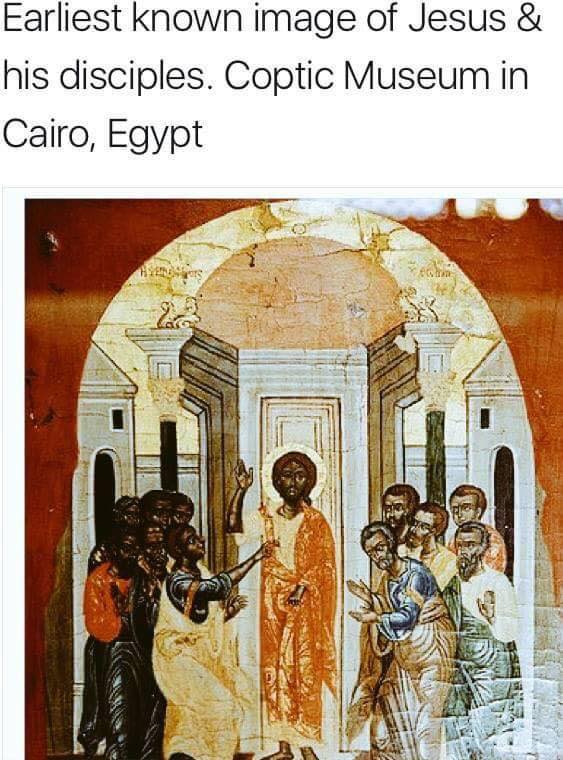

Most of the images in the Coptic Museum, Cairo, date from 6th-10th century, and honestly they're breathtaking, gorgeous works:
coptic-cairo.com/museum/selecti…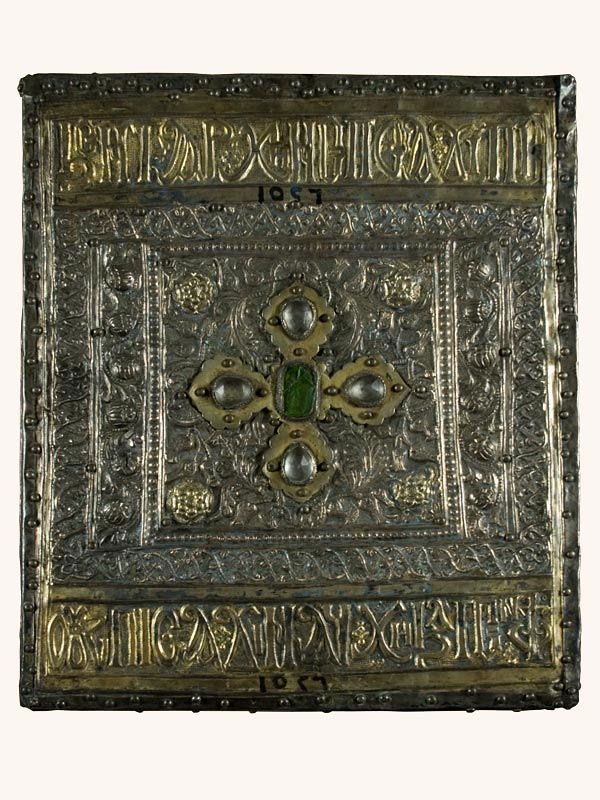
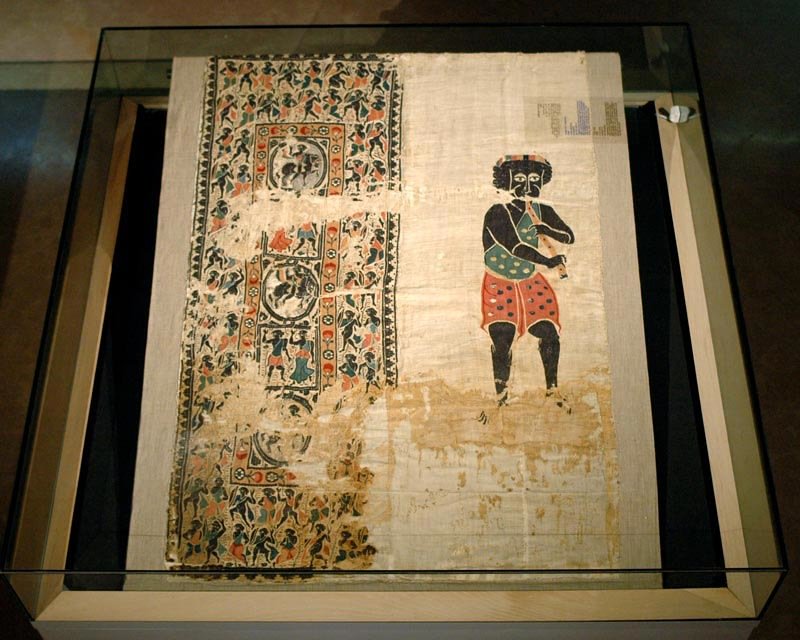
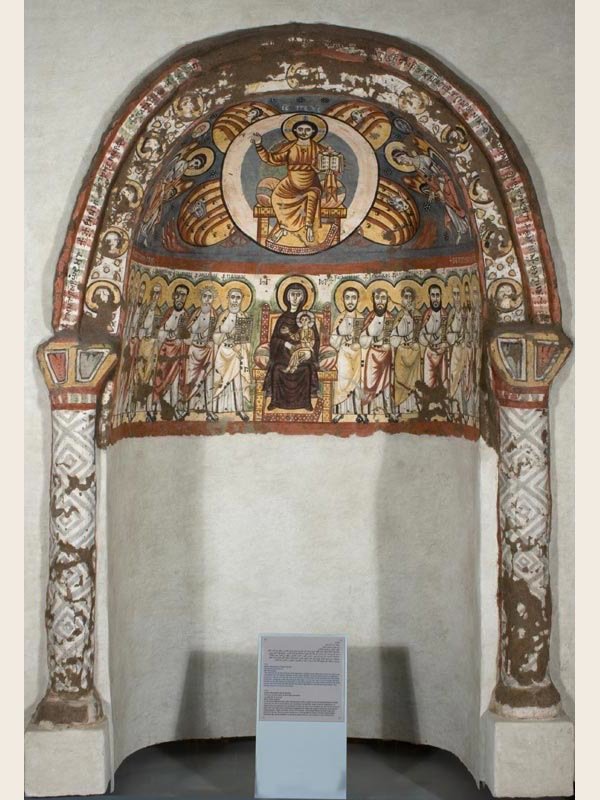
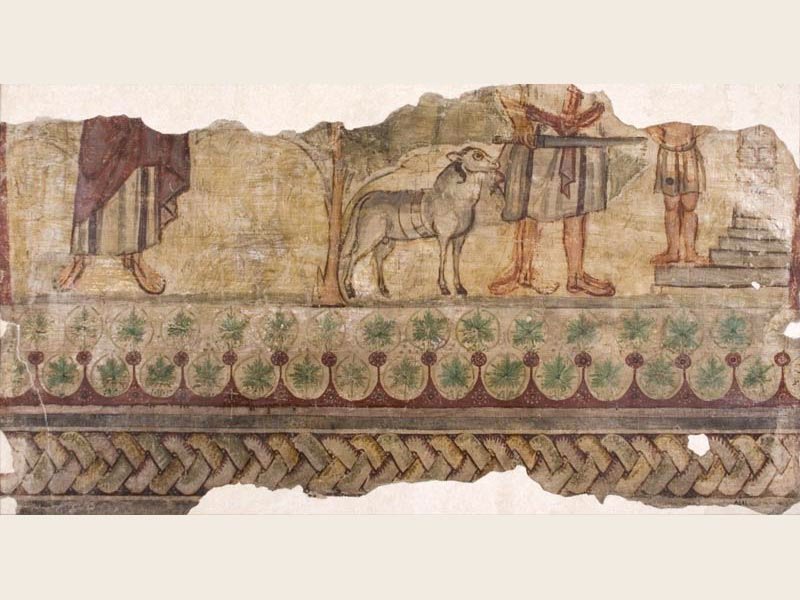
coptic-cairo.com/museum/selecti…




Now iirc, the earliest depiction of Jesus Christ is considered to be "Healing of the Paralytic" from Dura Europos in what is now Syria, created c. 235-40. It was at NYU in 2011: observer.com/2011/09/earlie… 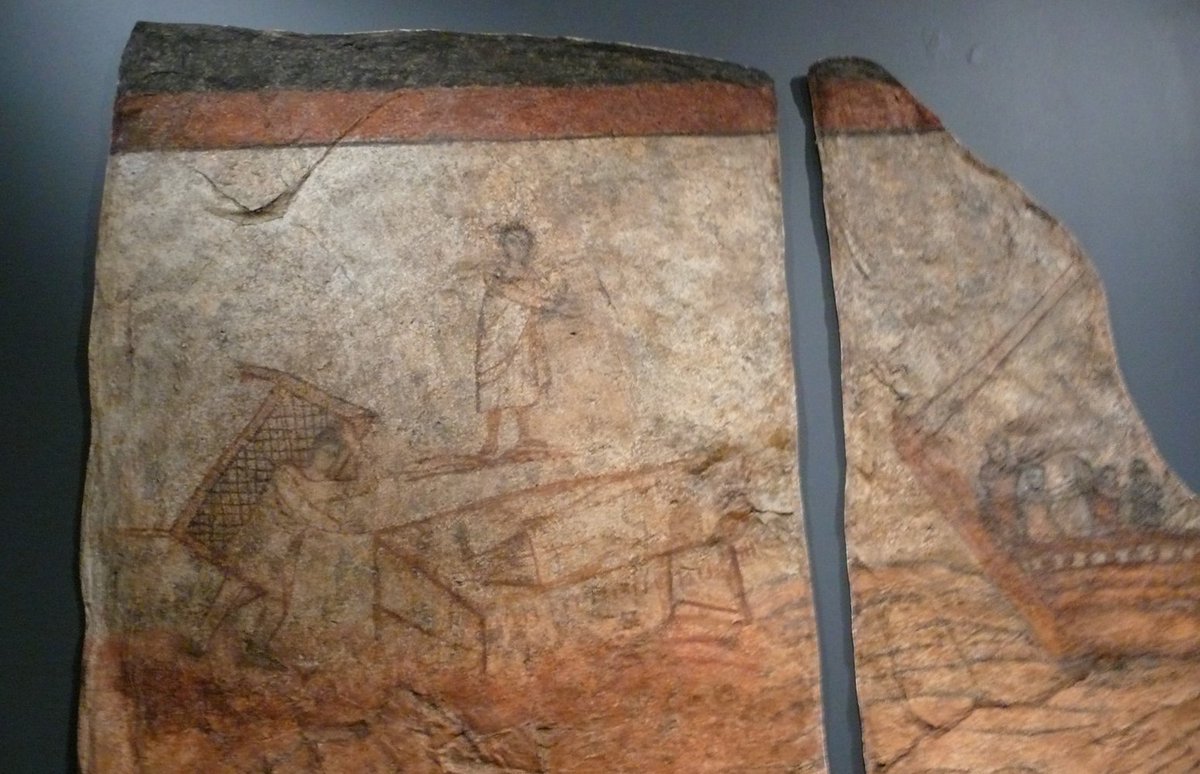

Dura Europos wasn't excavated until the 1920s, and if I understand correctly, contained the earliest dated scenes from the New Testament that are currently known.
They also found very convincing evidence that Jewish, Pagan, Christian, and possibly Islamic worship all happened in the same small group of buildings, including a "house-church".
"The finds at Dura also unexpectedly demonstrated that, far from being modern developments, religious coexistence and multiculturalism were thriving a couple of millennia ago on the outskirts of the Roman Empire."
There also were some Jewish figural artworks in the synagogue that I understand were a big deal, and I hope maybe some Jewish Medieval Studies experts on #medievaltwitter might know more?
"Not only did Christians, Jews and pagans worship side by side -the Temple of Aphrodite was located across the street from the synagogue- but the city was also inhabited by distinct populations of Greeks, Romans, Arabs, and Persians. And they all apparently coexisted in harmony."
My favorite part might actually be the fact that they had an equivalent of a "coexist" bumper sticker: "Excavators even found a ring in the ruins, also now on display, engraved with the Greek word “omonoia,” meaning “harmony” or “concord.”
Although Dura was small, it was an important waystation above the Euphrates for merchants and travelers:
"Inscriptions on the city gates were bilingual. A donor’s name on one synagogue tile is in Aramaic, and on another tile the same name is in Greek."
"Inscriptions on the city gates were bilingual. A donor’s name on one synagogue tile is in Aramaic, and on another tile the same name is in Greek."
In conclusion: the earliest known dated images of Jesus were made in a multicultural hippie town in Syria in the 3rd century with bilingual public signage by people who wore "coexist" symbols, and he looks to be a young, brown-skinned man healing people for free
• • •
Missing some Tweet in this thread? You can try to
force a refresh














